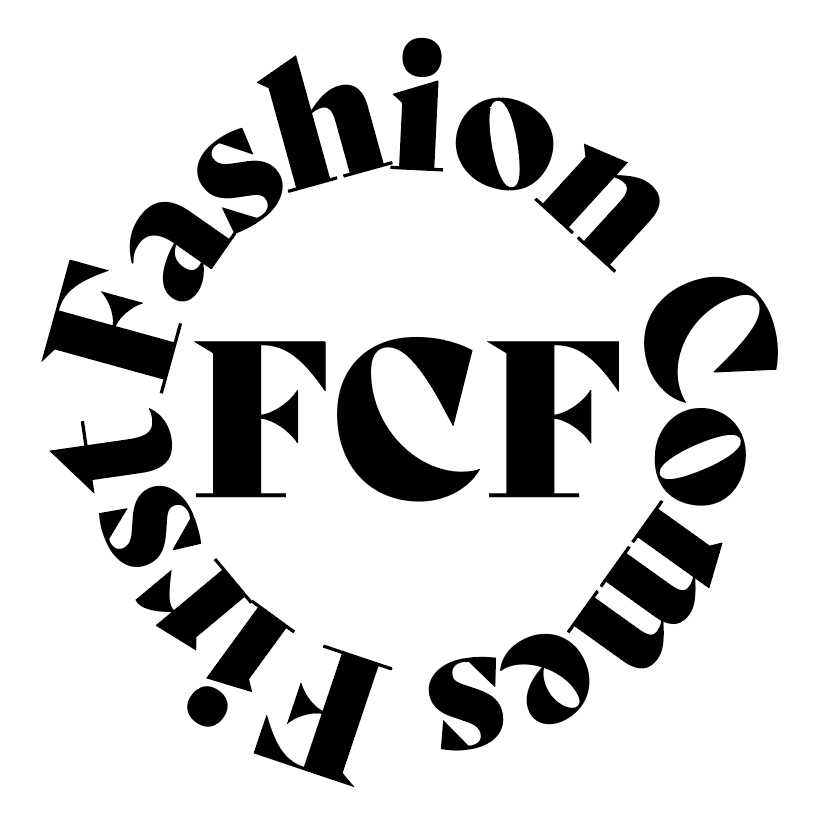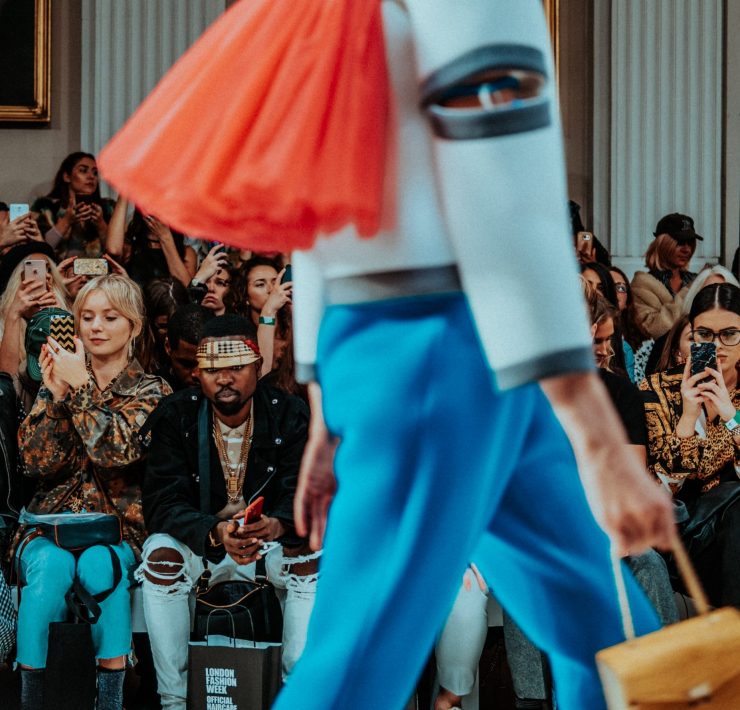This is an opinion article. The views, thoughts, and opinions expressed in the text belong solely to the author.
In a time where we’ve seen the most unfathomable occurrences manifest themselves, there are still many things we have yet to see. Diversity in the fashion industry (or lack thereof) is still a topic that has yet to dissipate from the mouths of fashion’s fraternizers. It is no secret that there has been a great deficit as it relates to the representation of African American’s and people of color in the fashion industry.
Despite the lack of representation in the fashion industry forefront, the inspiration and impact of black culture on fashion trends, designs and fashion as a whole are incalculable. Black fashion trends and influence can be seen in almost every area of the fashion industry yet actual black and brown faces and bodies are not the ones who have adorned the designs influenced but their very own wondrous and rich culture. From the influence of Josephine Baker’s fabulosity during the roaring 20s to the 70s black panther influence, all the way through the incomparable 90s hip hop fashion and even in the present day. The black cultural impact can be seen and felt on every runway, magazine and advertisement in the last century.
The cultural appropriation by fashion figureheads (although ever-present) has only been addressed in recent years during the emergence of the social media era. The gift of social media is that it gives everyone and anyone the ability to speak freely and ever so publicly regarding subjects that are most significant to their experiences. In 2016, Kim Kardashian was held in high regard as a trendsetter for sporting what the masses referred to as “boxer braids” and large bamboo earrings for which were both seen as a trend on the runway and red carpets the very next season. The hairstyle Kim sported was not boxer braids but in fact Cornrows. Cornrows are a protective stye the black community created and has worn that can be traced back to origins in Africa prior to slavery. For decades, black women were called “ghetto” and “unprofessional” for wearing these styles in the workplace and in social settings. The appropriation is an integral part of the diversity issue in that it shines a light on the matter of white fashion influencers being celebrated for the very things that their black counterparts are ridiculed and criticized for. Many black models have been turned away from participating in runway shows and photoshoots because they were told there was no one who could style their hair.
The issue at this point becomes bigger than the lack of diversity in the fashion industry, but moreover, that the lack of diversity is often caused by the lack of respect for culture from which the fashion industry benefits and greatly profits from.
According to Nielson.com, the black consumer makes up for more than 1.2 trillion dollars of the nation’s buying power. African Americans purchase more goods than any other race in the fashion and other retail industries nevertheless, luxiders.com (2020) reports less than 15 of the 495 CFDA members are black and less than 10 percent of the 146 designers featured in the Fall 2018 New York Fashion Week presentations were black. Black Americans only represent 13 percent of the total American population still, the impact, influence and inspiration of black culture is illuminated throughout fashion day in and day out.
Despite the work that needs to be done, the fashion industry has made some minimal yet significant improvements to date as it relates to increasing their visual components with people of color. Edward Enniful was appointed Editor-in-Chief of British Vogue in August 2017, Virgil Abiloh became Artistic Director at Louis Vuitton and in 2018 and Tyler Mitchell was the very first black photographer to shoot for Vogue in its 125-year history. These improvements are appreciated but the industry needs to go “deeper” as stated by Naomi Campbell during an interview with the Wall Street Journal conference in 2019 (Luxider.com). The deeper perspective Naomi was speaking of has a lot to do with the inclusivity factor. Up until most recently, the inclusion of black creatives in the rooms that count in the fashion industry has been null and void. Offering creatives of color a “seat at the table” can surely provide and ensure that the tastemakers are a part of the very industry for which they have a large hand in cultivating.
Much of this newfound inclusion can be attributed to the racial uprising we’ve seen with the brutalization and murder of unarmed blacks by police officers and the Black Lives Matter movement as well as global protests in response to such heinous ordeals. The uprising has shone a blatant light on an issue that has plagued the black community for decades. The issue could no longer be dismissed or disregarded. Everyone from your biggest celebrities to world-renowned fashion houses spoke up and out on the matter and began to make it a point to openly express their plans to stand with black lives and support black creatives and businesses.
Black creatives also spoke out on matters which have plagued them forever. They began to tap into their own resources and decided that creating their own “tables” may be more beneficial than waiting for a “seat” at someone else’s. Through this racial uprising, fashion conglomerates and organizations such as the Black in Fashion Council were created. Spearheaded by Lindsey Peoples Wagner and Sandrine Charles and including board members such as June Ambrose, Misa Hylton and Jason Bolden, the BIFC’s mission is to “represent and secure the advancement of Black individuals in the fashion and beauty industry”. Black designers have also taken a stance by incorporating meaningful messages in their collections that lend themselves to the cause. Brandon Blackwood’s decadently dazzling handbags include his famed ESR collection. The powerful phrase “End Systematic Racism” adorns the front of the handbags. These bags are almost always sold out and have been seen worn by today’s most notable celebrities. Black designer Cise’s collection of “Protect Black People” handbags are certainly a staple in the closets of many as well.
Certainly, the increase in the support of black-owned entities is appreciated nevertheless, it is important to remember that you cannot place a temporary bandage on a gaping wound. Accountability is key. When speaking about diversity in fashion we must create a long term solution to a long term problem so as not to treat it as the latest trend to exude or support the idea of diversity in the fashion industry but to ensure that the problem of diversity will no longer be a problem at all.












